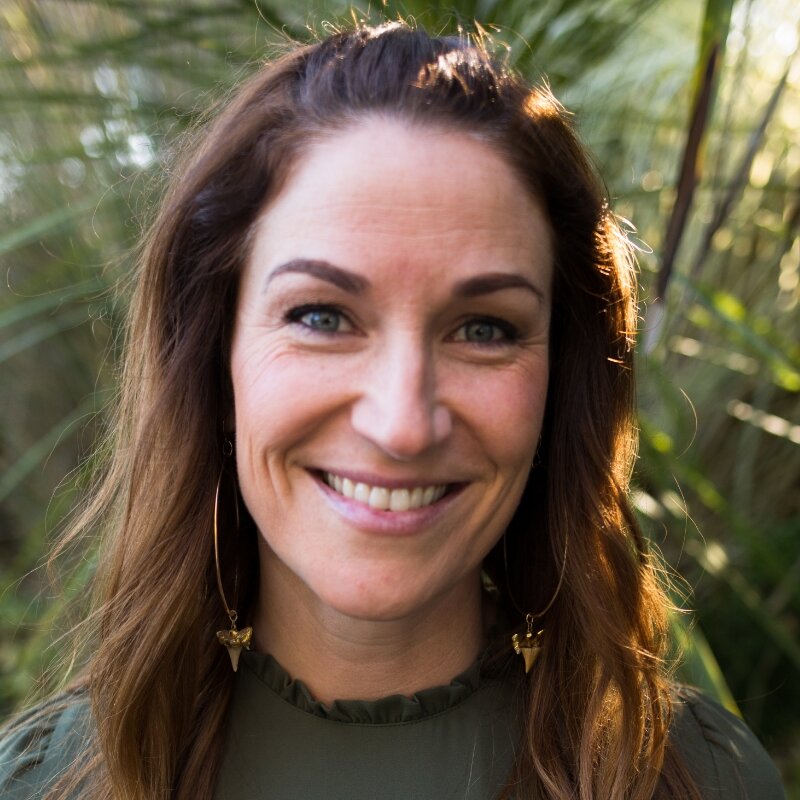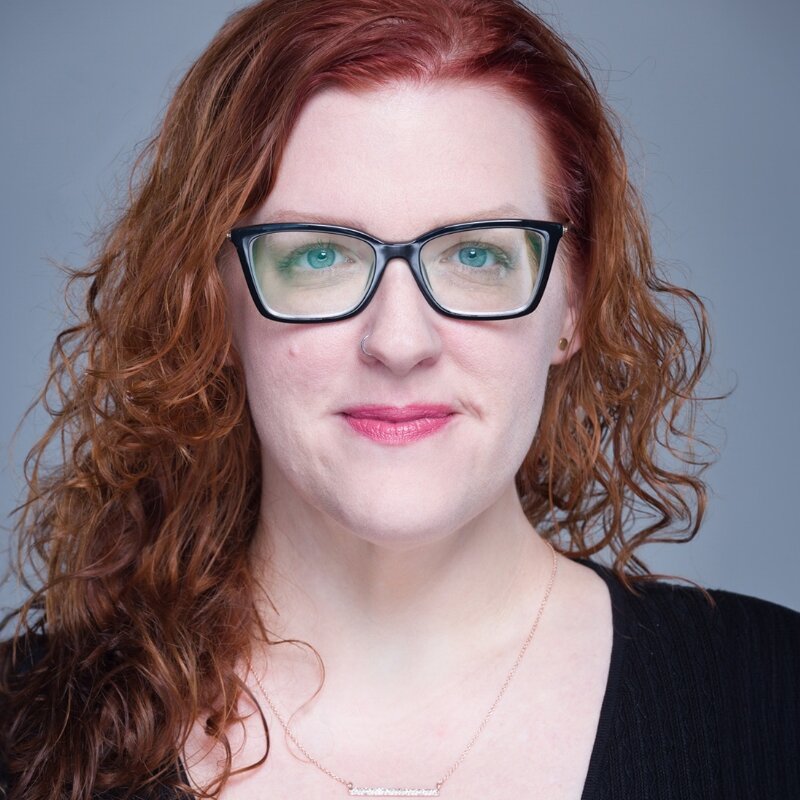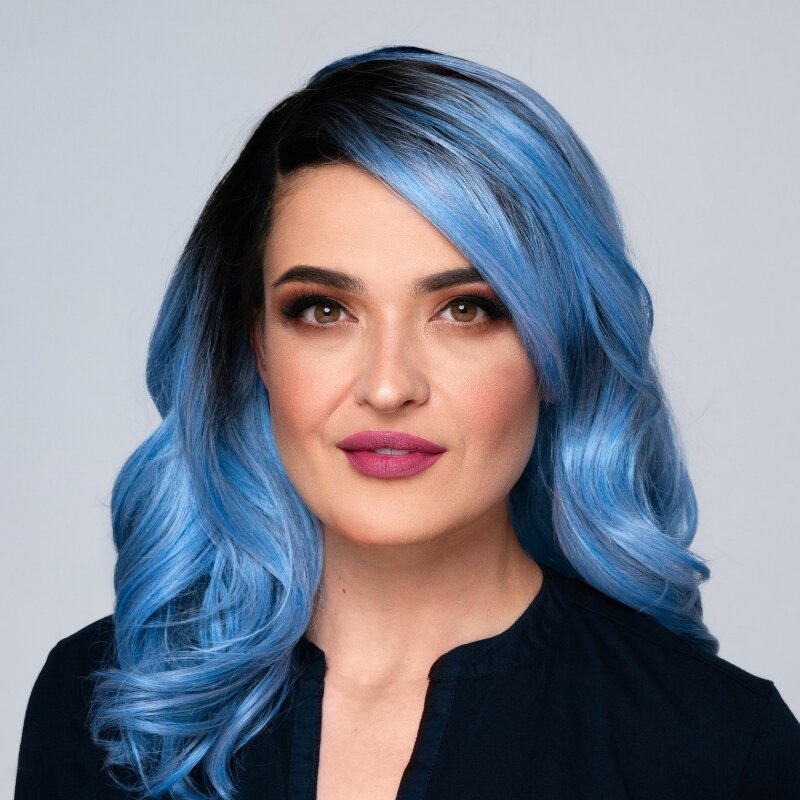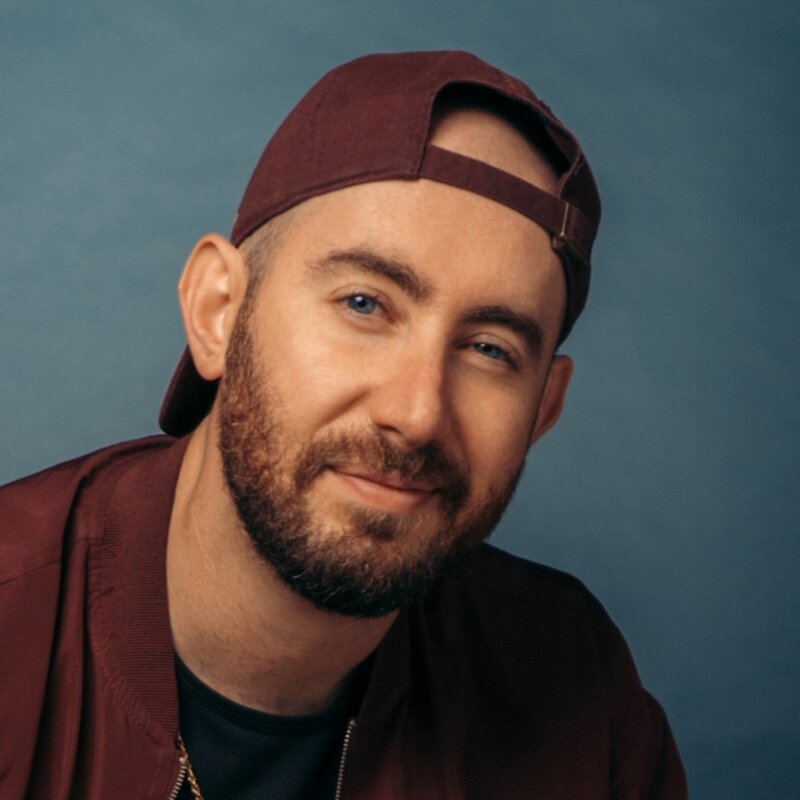Closed captions in English can be accessed in the video player.
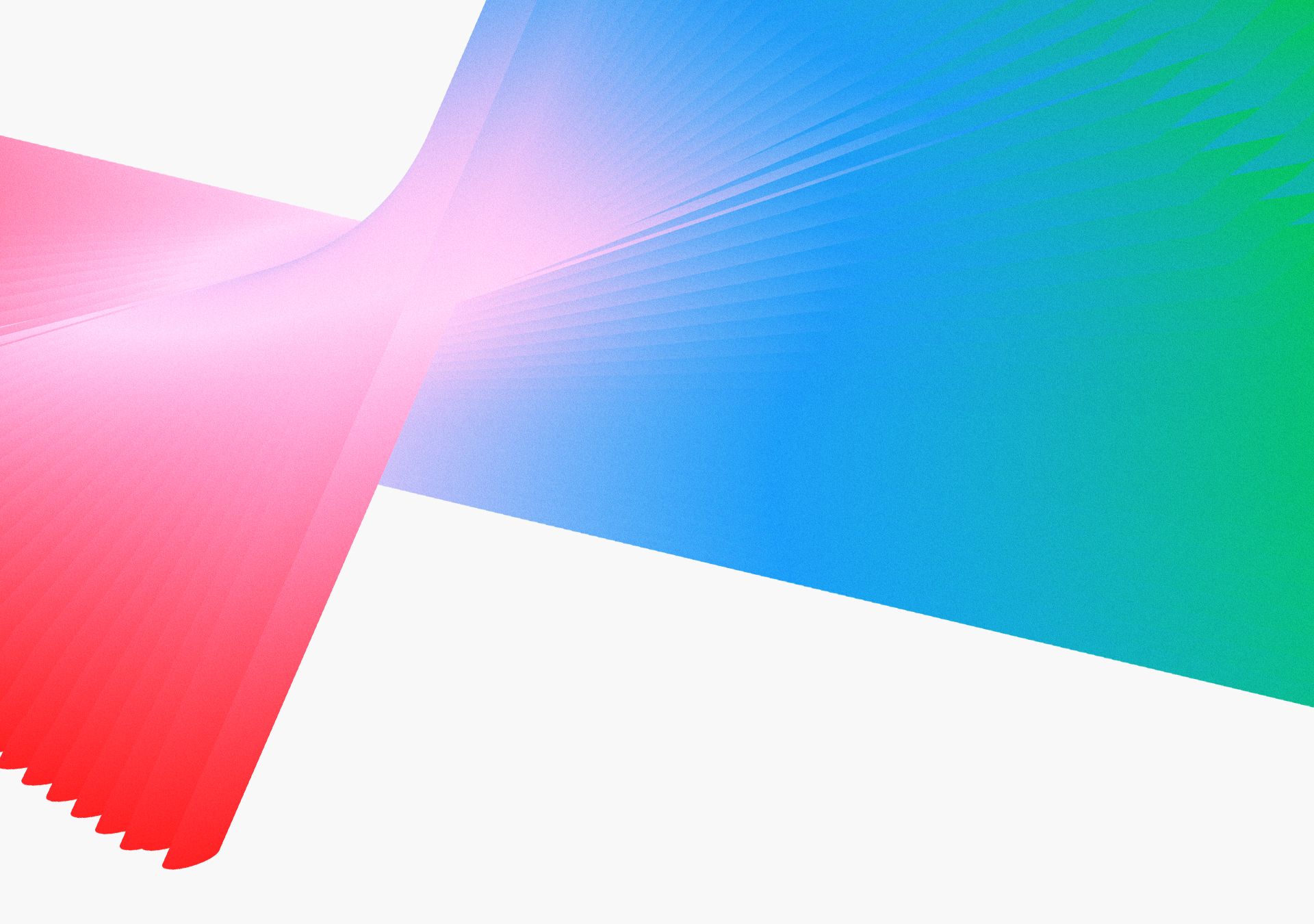
Creativity Super Session: Video - SS2

SPEAKERS
-
Director of Product Marketing, Adobe
-
Product Marketing Manager, Professional Editorial, Adobe
-
Director/Cinematographer/Editor, Director and Video Trainer
-
DGA Director, Advent Films
Featured Products
-
After Effects
Free trial -
Premiere Pro
Free trial
Session Resources
No resources available for this session
Session Resources
ABOUT THE SESSION
Join our Video Director of Product Marketing, Meagan Keane, and top video professionals AJ Bleyer, Valentina Vee, and Kylee Peña as they show how artificial intelligence (AI) is transforming video creation. AI-powered tools in Adobe Premiere Pro and After Effects automate repetitive tasks, help generate new ideas, and enable creatives to produce more engaging videos.
You’ll learn how to:
- Get to rough cut faster with Text-Based Editing, create automatic transcripts, and edit video as easily as cutting and pasting text
- Improve your dialog recordings seamlessly in Premiere Pro with Enhance Speech (beta)
- Use the Essential Sound panel to speed up your audio edits with Remix and Auto Ducking
- Thinking bigger about how you can use generative AI creatively to tell new stories – and reimagine old ones.
Bonus! Get a peek into how today’s creatives use the tools to produce some of the most beautiful onscreen work.
Technical Level: General Audience
Type: Creativity Super Session
Category: Generative AI
Track: Video, Audio, and Motion
Audience Types: Motion Designer, Post-Production Professional
This content is copyrighted by Adobe Inc. Any recording and posting of this content is strictly prohibited.
By accessing resources linked on this page ("Session Resources"), you agree that 1. Resources are Sample Files per our Terms of Use and 2. you will use Session Resources solely as directed by the applicable speaker.
Inspiring Insights
Short videos to explore even more
Keep the learning going with insights from industry experts. Get hot tips and tricks and best advice in 50+ bonus video — all under five minutes
Not sure which apps are best for you?
Take a minute. We’ll help you figure it out.
